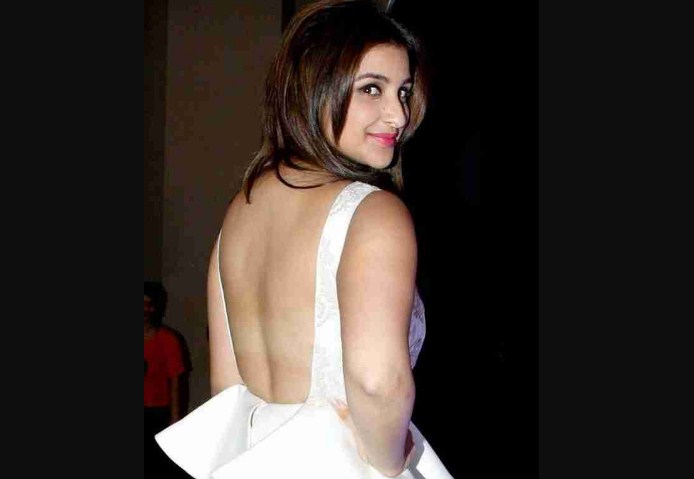
Parineeti Chopra Biography is based on the life and works of Chopra, who is a fitness instructor, author and physician. She has been writing articles about weight loss and health since the mid-1990s. The first article she published was in the Indian publication Mint.
Parineeti Chopra Biography is written as if she were an actor playing a character that is not herself. Her own character is a fitness instructor who works with her students to help them lose weight. She has been nominated for many awards including the International Sports Writers Association (ISWA) Women’s Lifetime Achievement Award and has won multiple awards from IRBS, the British Journal of Sports Medicine and the Royal Society of Medicine. She has also won four Golden Globes for her contribution to the industry. Parineeti Chopra’s bio is very informative about her books and writing as well as her training at Indian Institute of Technology, Mumbai and London Health Sciences Centre.
Bra Size & Body Measurements
| Bra Size | 34 B |
| Waist Size | 28 Inches |
| Hips Size | 35 Inches |
| Shoe Size | 8 (US) |
| Body Measurements | 34-28-35 Inches |
Parineeti Chopra’s life and work span over half a century, yet what makes her most remarkable is that apart from writing dozens of books on health, nutrition and fitness, she is also passionate about spreading awareness about AIDS and being part of the fight against AIDS. She travelled extensively to raise funds for the International AIDS Memorial Fund (IAAMF). She received the Right Live Award from Bill Gates and was also listed among the 100 most influential people of the world by Time Magazine. Her many awards and honors have earned her many loyal fans across the globe.
The biographies of Chopra’s former lovers are fascinating and her association with them is fascinating too. After her first husband, Vrinda Phule, ended their marriage, she married Yash Chopra, who was an important leader in the Indian folk dance form, Bagaru. Yash Chopra performed with all the Indian ensemble known as the Bhopal Zindagi. Though he had already changed his name to Parineeti, people often called him Yash because of his resemblance to a white panther. He died in a plane crash in 1969.
Parineeti Chopra’s life and works then moved on to her second husband, Kamal Bedi, who was an important member of the Indian Army. Bedi left Parineeti when she started getting too famous. But that was just the beginning of a series of unhappy marriages which ended only when Parineeti took up Yash Chopra as her personal biographer and wrote biographies of their relationship and those of her children. Though her life and works are still celebrated and remembered with great vigor, it seems that perhaps her greatest achievement has been in becoming a great source of information for people who are interested in Indian History and in Indian biographies. In her biography, Parineeti Chopra gave many clues into the life of one of the most prolific writers of the twentieth century.
The book ends with a reflection on the importance of writing as a profession to Indians today. “The world has lost a great woman,” writes Kapoor, but by “loss” we imply “mistake”. And that is exactly what Chopra meant when she sang that writing is “the last weapon of a dying people.” It is indeed true that writing is our people’s last weapon – a potent weapon against poverty, hunger, disease and war. But it does not necessarily mean that we must use it to kill others. Writing is the means, not the end.
RELATED POSTS
View all


